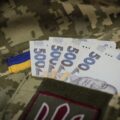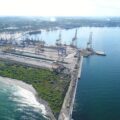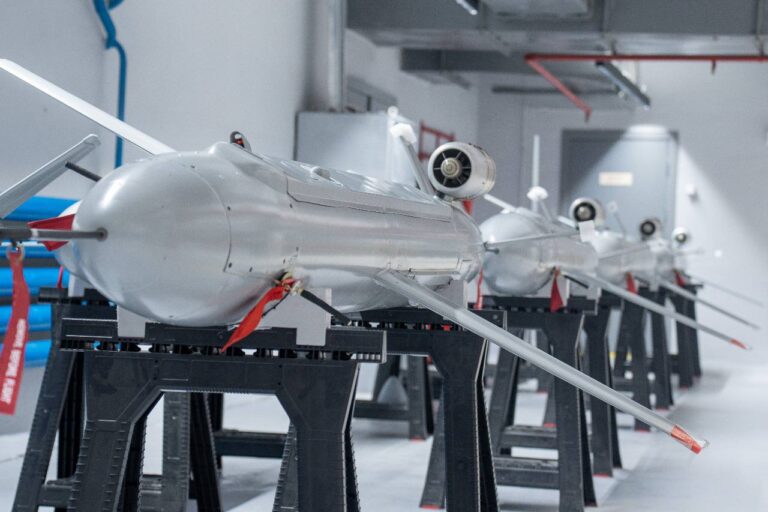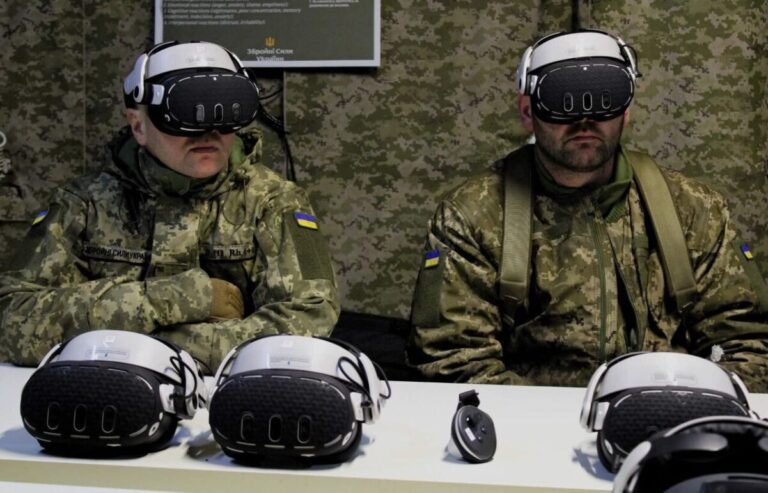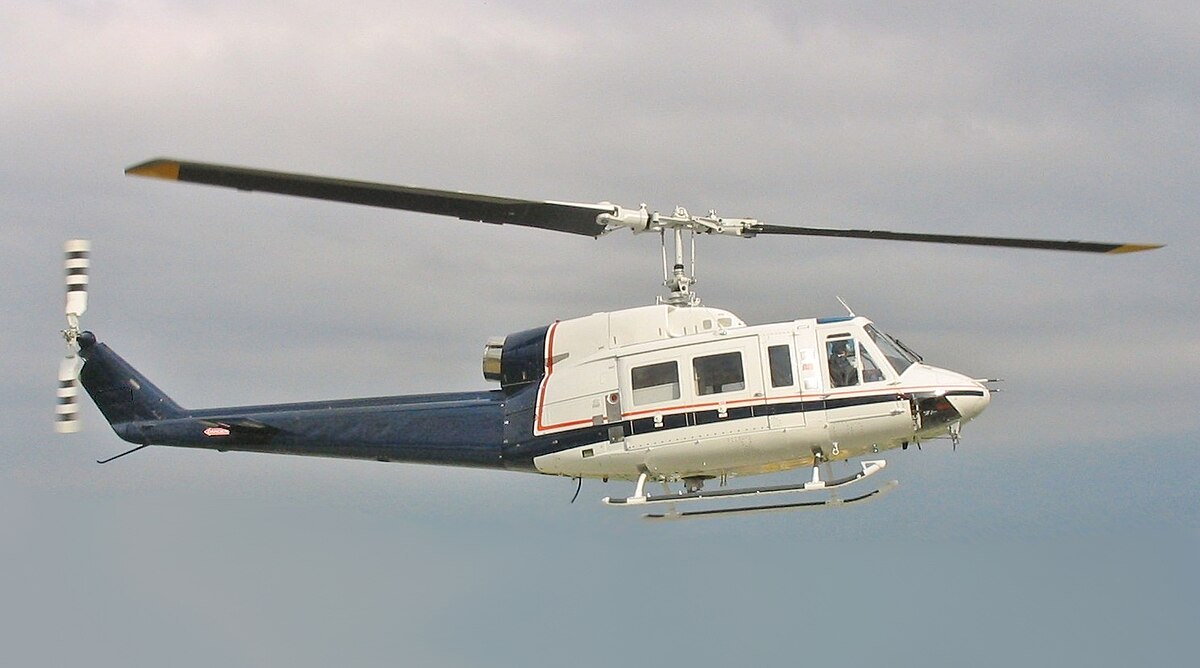
The Helicopter Lease Scheme: How “Ukrainian Helicopters” Profited from State Military Aircraft for Two Decades
For more than twenty years, the company “Ukrainian Helicopters” remained one of the most closed and influential players in Ukraine’s aviation business. During this time, the firm not only signed commercial contracts with the UN and private partners abroad, but also used state-owned military helicopters that officially belonged to the Ministry of Defense and the National Guard of Ukraine. The history of this lease has become a sort of litmus test showing how state property could generate superprofits for a narrow circle of people for decades, while the country received only symbolic payments for the use of unique military equipment.
It all began back in 2003. At that time, “Ukrainian Helicopters” officially leased 16 Mi-8MT(MTV) combat helicoptersthat were on the balance sheet of Military Unit A0105 of the Ukrainian Ground Forces. The lease was registered “for aviation work and transportation,” but in fact, the helicopters were immediately used for commercial purposes in UN peacekeeping missions and on private international contracts. Key documents for the transfer were signed at the highest level: the then Minister of Defense, Yevhen Marchuk, authorized the transfer of combat aircraft to private lease, and the Commander of the Ground Forces, Lieutenant General Valeriy Frolov, signed the actual contract. Later, as Defense Minister Anatoliy Hrytsenko noted, Frolov was dismissed “for signing a dangerous and illegal contract that allowed a private company to use military equipment for commercial purposes.” Subsequently, “Ukrainian Helicopters” obtained another 12 helicopters for use, which belonged to the Ministry of Internal Affairs and the National Guard some directly, some through a sublease agreement with the state enterprise “UATP Khoriv-Avia.”
Lease Terms: Beneficial for Private Business, Loss-Making for the State
The terms under which the company used the equipment were scandalously favorable for the lessee. At the outset, in 2003, the monthly lease payment for one aircraft was only 30,000 hryvnias. In 2012-2021, the amount rose to 212,000 hryvnias per month but even this was several times less than the market price for operating a Mi-8 helicopter in international missions, where one flight hour is valued at $3,000-$5,000, and monthly flight hours can exceed 150-200.
The private company’s profit in some months could reach $450,000 per helicopter, while the state received only a tiny fraction of the real value of usage.
The lease agreement was extended eighteen times by supplementary agreements. The last extension was in 2021, just months before the start of the full-scale war.
War and the Question of Return: When Every Aircraft Was Worth a Life
The sharpest phase of this story was the beginning of the full-scale Russian invasion of Ukraine in 2022. The Presidential Decree of March 7, 2022 required the return of the national contingent and equipment home, and the lease contract obligated the return of the helicopters within 10 days. However, “Ukrainian Helicopters” continued to use the equipment and did not hurry to return it, despite requests from the military and the official position of the state.
Only in March-April 2022 did the Ministry of Defense receive back 15 out of 16 helicopters (one was lost in a crash). According to Defense Ministry sources, the returned machines were worn out, without weapons, standard equipment, and some military systems. Some helicopters arrived after prolonged flights in the sandy conditions of Africa and were practically unsuitable for combat use without major repairs.
“These were empty helicopters without machine guns, without sights, without standard equipment. In fact, civilian helicopters that had to be restored from scratch,” one Defense Ministry officer explained.
The judicial investigation later established that the weapons and military systems had been removed from the aircraft, and some of the equipment had exhausted the life of engines and transmissions.
Court Battles and Penalties: Compensation That Does Not Cover the Damage
The fact of illegal use of the equipment after the end of the contract was confirmed by the Kyiv Economic Court in June 2023 the company was ordered to pay more than 25 million hryvnias in penalties. However, the Ministry of Defense claimed more than 51 million hryvnias, and the lawsuit was only partially satisfied.
In August 2024, the Supreme Court upheld this decision, finally confirming the fact of illegal use.
Even after this, “Ukrainian Helicopters” did not return all the equipment to the National Guard, and some aircraft remained abroad, continuing to operate in peacekeeping missions in Mali, Somalia, Congo while in Ukraine, a brutal war was underway and every helicopter was worth its weight in gold.
Post List
Military and Political Summary: A Corruption Screen That Cost the State Dearly
The full-scale war revealed the depth of the problem when state military equipment remained an instrument of profit for a private company at a critical moment in national history.
The state received only part of the equipment, often in worn and unsuitable condition for the front, while the lessee’s profits from peacekeeping contracts abroad were estimated at tens of millions of dollars.
This story clearly demonstrates that without real control over state property and an effective system for returning equipment during wartime, any contract can become a cover for corruption. A military specialist with political experience may state:
- First, a contract for leasing state military equipment to a private company is always a national security risk.
- Second, years of ignoring these risks and weak government oversight led to real losses during the most acute phase of the war.
- Third, even after the scheme was exposed, the mechanisms for recovering losses appear ineffective: the compensation amount is disproportionate to the loss of time, resources, and opportunities for the army.
The real cost of this story is not only millions of dollars, but also lives that could have been saved if every helicopter had been working at the front. The war has become an indicator for Ukraine of how much inefficiency and lack of control over state property cost in a moment of crisis. The scheme used for years by “Ukrainian Helicopters” could not have existed without the consent or inaction of certain government representatives. The story of leasing combat helicopters is a striking example of how private business interests can dominate state priorities even in the most difficult period in the country’s history. Ukraine paid for this not only with money but with lost opportunities on the battlefield
This is a fully documented and journalistically investigated story, which demands a fundamental revision of state policy regarding strategic assets and control over defense contracts.






